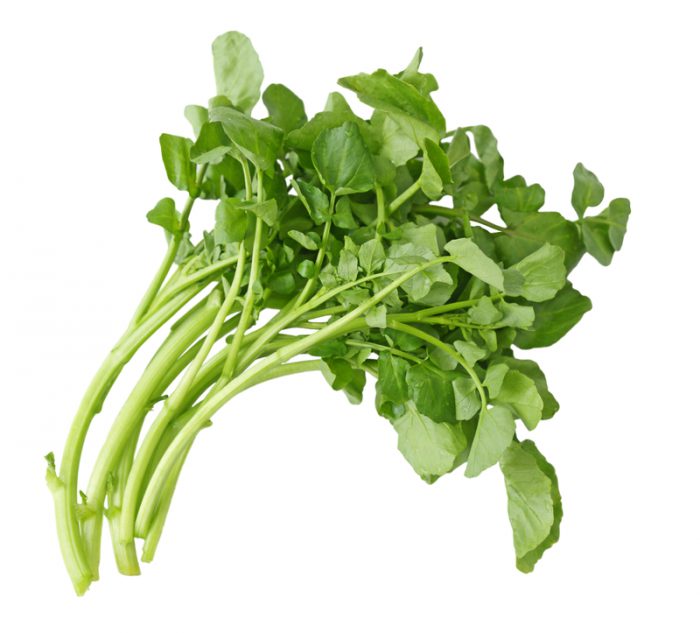For as long as there's been human civilization, people have extended their waking hours by making their own light. What started as fires and torches at night, became easier-to-control candles and oil-burning lamps. The invention of the light bulb and electric power made things even simpler. At the flick of a switch, we could instantly create a variety of light, allowing us to play, work, read, and just hang out at night without fumbling around in the dark.
Since then, outside of greener CFL and LED bulbs, how we make light hasn't really changed. But thanks to a breakthrough at MIT (Massachusetts Institute of Technology), the future of light could be green in a way you'd never image. Glowing plants.
Glowing gardens
Yes, you read that right. Led by researcher Seon-Yeong Kwak, an MIT team has made glowing plants. These plants stay shining for about 3.5 hours. The experiment has been done on watercress, a simple aquatic plant that is usually eaten in salads, soups, or alongside meat such as beef and fish.
The technique is based on scientists introducing nanoparticles (a.k.a. super-tiny things) into the leaves of the watercress. The plants are placed in a solution and then pressurized, or sealed tightly. Inside the solution are nanoparticles containing luciferase and luciferin. These are the bioluminescent enzymes and molecules that give fireflies their glow. Anyway, the pressure opens pores in the leaves, the nanoparticles enter, and snap! Glowing plants!
There's a ways to glow yet
But before we throw away our light bulbs, it's important to note that the light created by this technique is very faint. It's about 1/1000th the amount of light needed to read by. However, scientists are optimistic that they'll have people curling up and reading by plant light one day.
Learn more about this green-breaking experiment in the video below.
 Salad or night light? A new experiment with watercress sets a shining example. (Le Thuy Do | Dreamstime)
Salad or night light? A new experiment with watercress sets a shining example. (Le Thuy Do | Dreamstime)










I’ve been reading in articles about the new year and hopefully new innovations for the year. In my opinion this could be a groundbreaking innovation for this year or years ahead. Plant lights could be the new lights!
that is soooooo cool 🙂